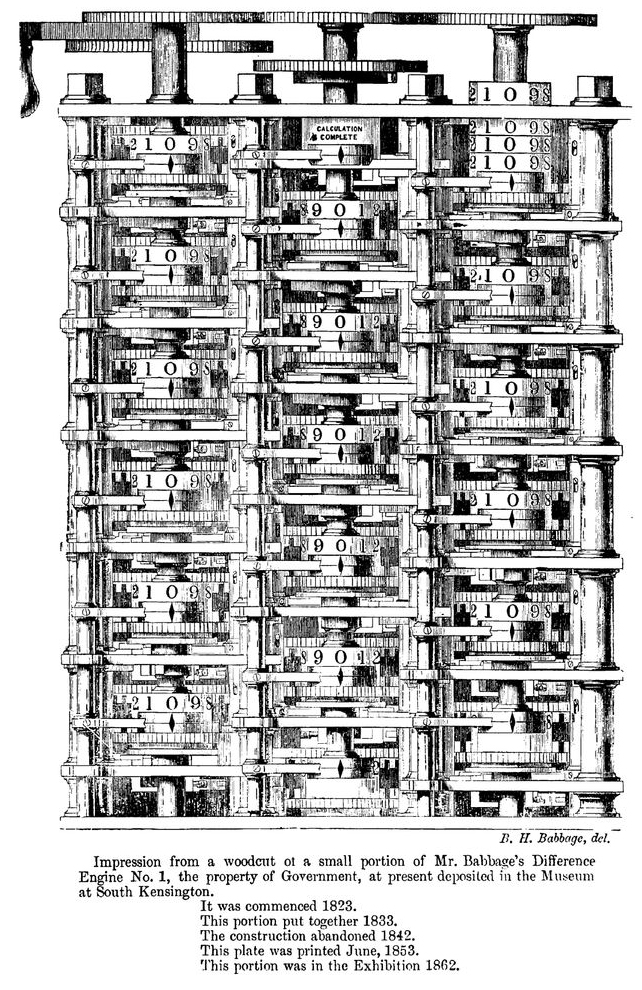What we call Artificial Intelligence reflects a thousand-year-old aspiration to provide thought with rules. It was born with the first cities, which gave a new meaning to human itineraries: through their walls, their selective doors, their stairs, and their secret passages. Four thousand years ago, a Sumerian scribe engraves King Ur-Nammu’s code on a clay tablet with a stylus and then dried it in the sun. The artifact hardens and fixates the laws of the city of Ur. Its code replaces the spontaneous intelligence of a judge, subject to the arbitrariness of his cruelty or clemency. It has a casuistic form: if a man is accused of witchcraft, then he must undergo the test of cold water; if his innocence is proven, then his accuser must pay 3 shekels, etc.
Cartes et espaces
